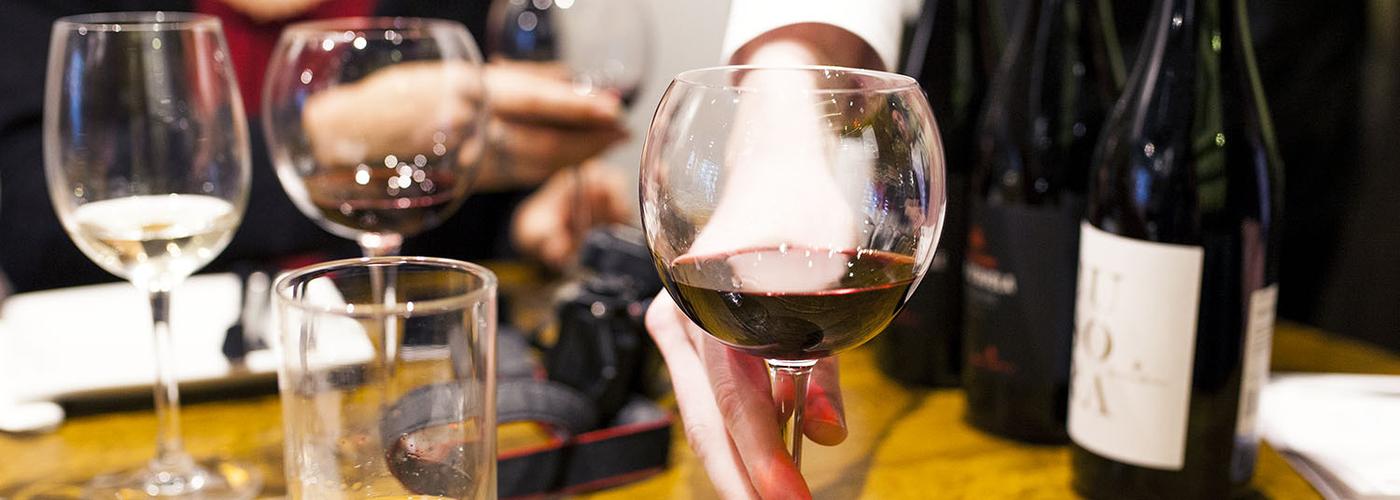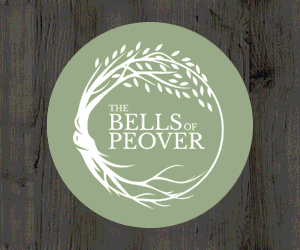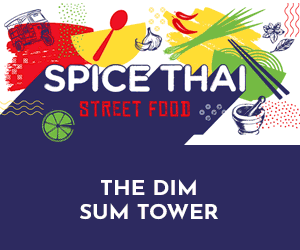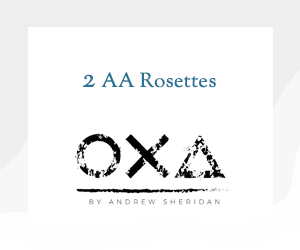We went to Veeno's private tasting room for some self-improvement (and several glasses of wine)
ADMITTEDLY it’s not an essential life skill, but there’s something so impressive about someone who knows their stuff when it comes to wine. The sommelier is always the coolest person in any restaurant and you love letting them tell you all about the wine you're drinking, but to the untrained ear it can sound as if they’re talking another language. Like Italian, or French or something…
While knowing about the weather conditions on a certain mountain in Italy in 1997, or the characteristics of French terroir (posh word for soil, I think) might be a bit unnecessary for most people, knowing more about something does mean you can enjoy it more.
As well as making wine in their family vineyard, serving it in their cafes and selling it in their delis, Veeno can help you enjoy wine more by teaching you about it at their tasting sessions.
A group from the Confidentials offices went along to one of their Classic wine tastings (£19.90 per person) to try five of their family labels - two whites, three reds - paired with a selection of breads, cured meats, and cheeses, as well as a dessert wine and homemade tiramisu. All while absorbing some information to help us stop being such wine philistines. Here's what managed to stick in our heads after five glasses of wine...
The stem isn’t just for show
There’s a number of reasons for wine glasses being stemmed - it lets you overlap plates and the foot of the glasses so you can get more food on the table, for one - but the main purpose is to stop you getting your hands all over the bowl (the bit the wine actually sits in).
A good sommelier will always serve the wine at optimum temperature - nursing the bowl for too long your clammy mitts could throw the balance right out of whack, so always hold it by the stem (and stick your pinky finger out while you’re at it to let everybody know you’re fancy)
...neither is the bowl
Which is why prosecco isn’t served in big round fishbowl-shaped glasses, and Nero d’Avola isn’t served in flutes. Glassware has evolved over centuries to bring out or complement the characteristics of the wine that’s served in it, which brings us onto the next point:
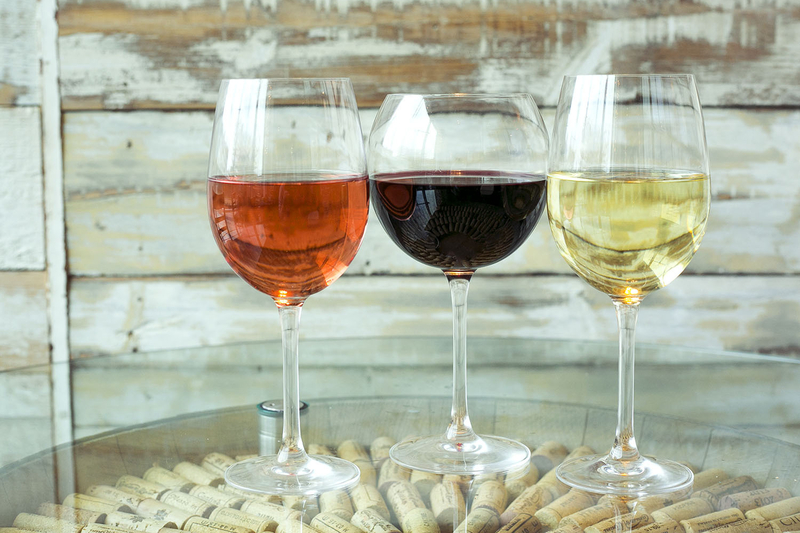
‘Taste’ isn’t just about the taste
How you interpret or enjoy the wine isn’t just about the flavour on your tongue - most of it comes from what you can smell (cavernous glasses help big, bold flavours from red wine reverberate around them before hitting your nose), the mouthfeel (whether it’s fizzy, dry, or coats your mouth) and even how it looks.
Experiments have taken place where experts have drunk wines from blacked-out glasses and found it’s affected how they interpret the taste - even mistaking red wine for white, in some cases.
You can predict how a wine will taste just by looking at it
You know when you see blokes (it’s always blokes) tilting a glass and holding it up to the light? The ones who actually know what they’re doing rather than doing it for show (guilty) are checking the colour and translucency to get an idea of how light, full-flavoured, or tannic the wine is. You could also do that by tasting it…
...the glass will tell you how boozy it is
Swill it around in little circles, and then check the side of the glass, you should see a lot of transparent lines (‘legs’, or ‘veins’) - the more there are, or the longer they take to trickle down into the wine, the higher the percentage of alcohol.
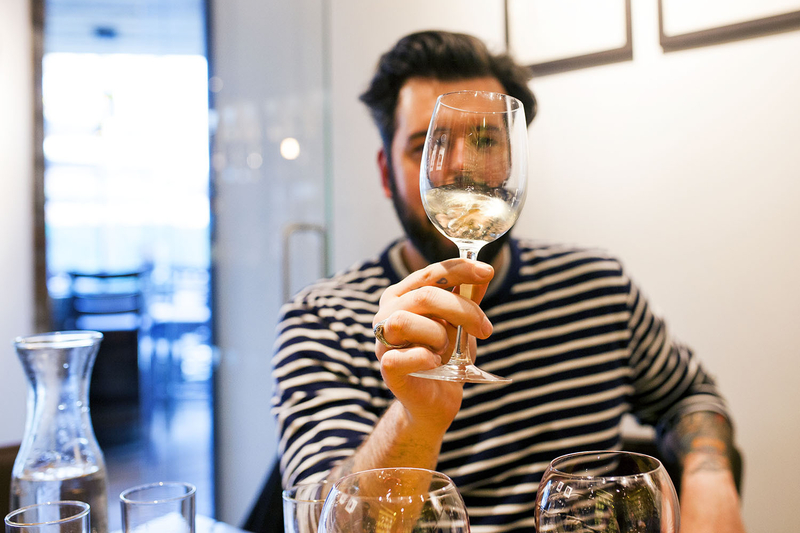
The colour of the grape doesn’t determine the colour of the wine.
You get white and red grapes, and you get white and red wine - seems like a logical conclusion that one corresponds to the other. Wrong. The colour of the wine is determined by whether the grapes skin is left in - this changes the colour and adds more tannins (tannins are a chemical compound that taste bitter or dry - think a wet teabag), which is later altered by “oaking” the wine by storing it in a barrel and developing the flavour.
...and you can make rosé by mixing red and white together
Honestly. Rosé wine can be made a number of ways, including leaving it in contact with the grape skins for a short amount of time, “bleeding off” some juice from red wine in early stages of production, just like you did when raiding your parents drinks cabinet for dregs back in the day.
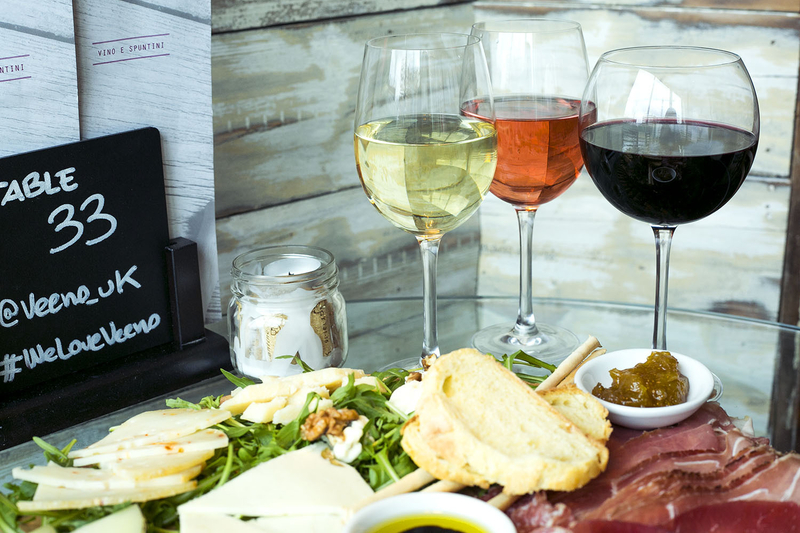
Not all of the wine that gets made makes it to the bottle
Some of it gets lost during oaking. The wood that the barrels are made from are slightly porous, so a certain percentage of the wine gets absorbed into it. This affects how the next batch of wine oaked in the barrel will taste, and sometimes the barrels get reused by brewers or distillers to give their beer or spirits a bit of red wine character.
...and the flavour carries on developing inside the bottle
And not only that, Champagne isn’t even fizzy until it goes through secondary fermentation inside the bottle. With sparkling wines, the glass has to be thicker and heavier to withstand the pressure inside the bottle, and prevent it exploding on the shelf. Pity the poor winemaker who found that out the hard way...
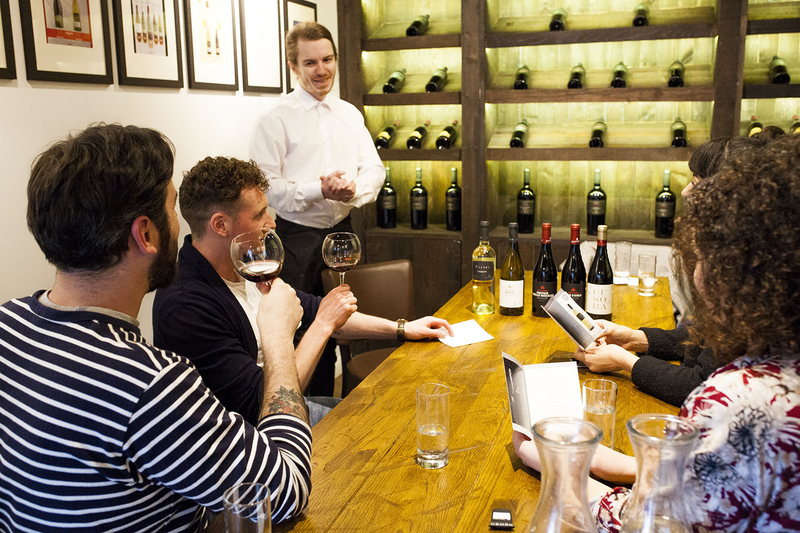
Bottles come in all shapes and sizes
There are different sizes of bottles too, you probably know a Magnum - double the size of a standard bottle - is 1.5l, but they keep increasing all the way up to the 15l Nebuchadnezzar, equivalent to ten Magnums. This isn’t just to help you look like a baller either, the surface-to-air ratio affects how quickly the wine develops, bigger bottles generally have a longer shelf-life.
...and the shapes can give you a clue about what’s inside
While the different shapes have come about through custom and don’t have any effect on the flavour of the wine, they can give you some clues about what’s inside; Catarratto in a high-shouldered bottle, Cabernet Sauvignon in a more sloped one.
New World wine (from Australia, America, South Africa etc) often piggybacks on the old customs, bottling their wine in shapes used by similar wines from Italy or France - worth bearing in mind next time you’re in the supermarket, too desperate for a bottle to actually read the labels…
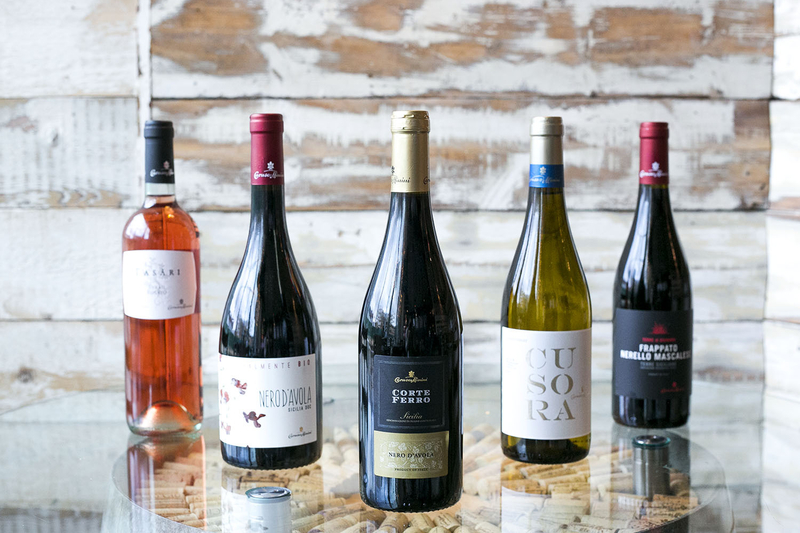
Veeno’s wine tastings are available in Classic, a premium Selezione, and as a blind tasting where you’ll use the information you’ve learned to identify six different wines against your friends. For more information and bookings click here.
Pictures: Georgie Glass





